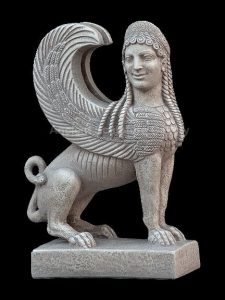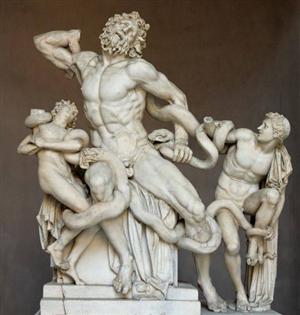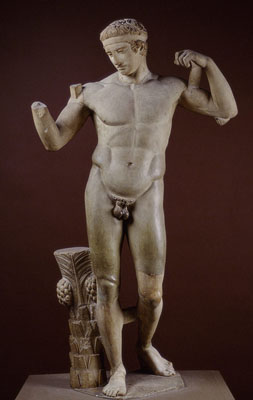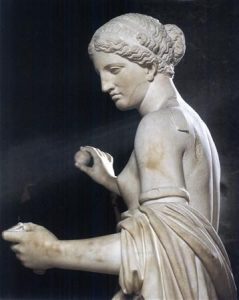The Ancient Greek sculptures are a unique art form that developed over centuries. It has a significant role in the history of art. Ancient Greek sculptural tradition is frame and shaped by the three periods in Greek history, the archaic period, the Classical period and the Hellenistic period. It also had a profound impact both in the west and in the east.
Ancient Greek Sculptures
Gods and goddesses were beautifully presented through Greek statues. The statues from 900 to 700 BC consisted mainly of terracotta figurines, bronzes, and ivories. During the Archaic period, ancient Egyptian art was a great source of inspiration for the Greeks. Rigid and unnatural forms were created. The statues stood erect with their feet together.

While we trace the history of Ancient Greek Sculptures, we may note the seven ages into which Greek sculptures may be divided. Mycenaean period, Sub-Mycenaean or Dark period, Proto-Geometric period, Geometric period, archaic period, Classical period, and Hellenistic period were them.

Famous Greek Sculpture
Mycenaean era dates from around 1550 BC to 1200 BC. From the Mycenaeans, the Greeks learned to built gates and tombs. The famous Cyclopean Wall of Mycenae before the lion gate is worth mentioning. The dark age was a period characterized by the downfall of art, literature, and philosophy in ancient Greece. New methods of experimentation and innovation were not seen during this period.
In the Proto-Geometric art era, pottery started to be decorated with simple shapes and wavy lines. Greek art flourished during the Geometric art. The period from 900 too 700 BC was the geometric period. The Karditsa warrior is a typical work of this period.

Archaic Greek Sculpture
The classical period ranged from 5th to 4th century BC. It was the period after the Persian invasion. The sculptor Polykleitos may be regarded as the creator of the Classical Period. His ideas of ideas of scale and mathematical proportions helped him to create realistic figures, unlike those of the archaic period.
Contrapposto stance was an important advancement during this period. It was when one leg is extended and the imaginary shift in weight is modeled into the statue to convey a sense of gravity and enhance the realism of the piece. The Discus thrower by Myron is one of the good collections from this period. It helped to create more interesting and natural poses.

Hellenistic Greek Sculpture
The Hellenistic period was from the late fourth century BC to first century BC. The Greeks experimented with dynamic movements in art. The Hellenistic Era began after the death of Alexander the Great. Some of the best known Hellenistic sculptures are Dying Gaul, the Venus de Milo, and the Winged Victory of Samothrace.
Marble and bronze were used widely in ancient Greek sculpture. Both white and colored marble were used to make statues. Stone, marble, and limestone were also used extensively. Clay was also used but not widely because it could not survive for long. Greek sculpture is an expression of the ancient Greek culture.Myths, legends, and events were the subject matter of Greek sculpture.